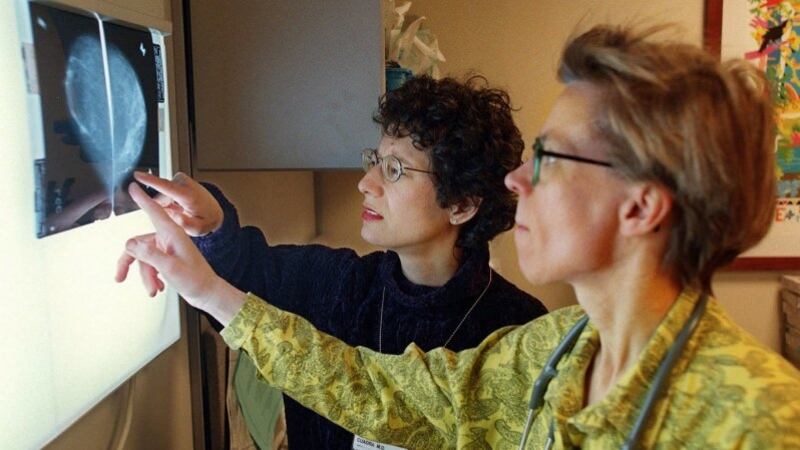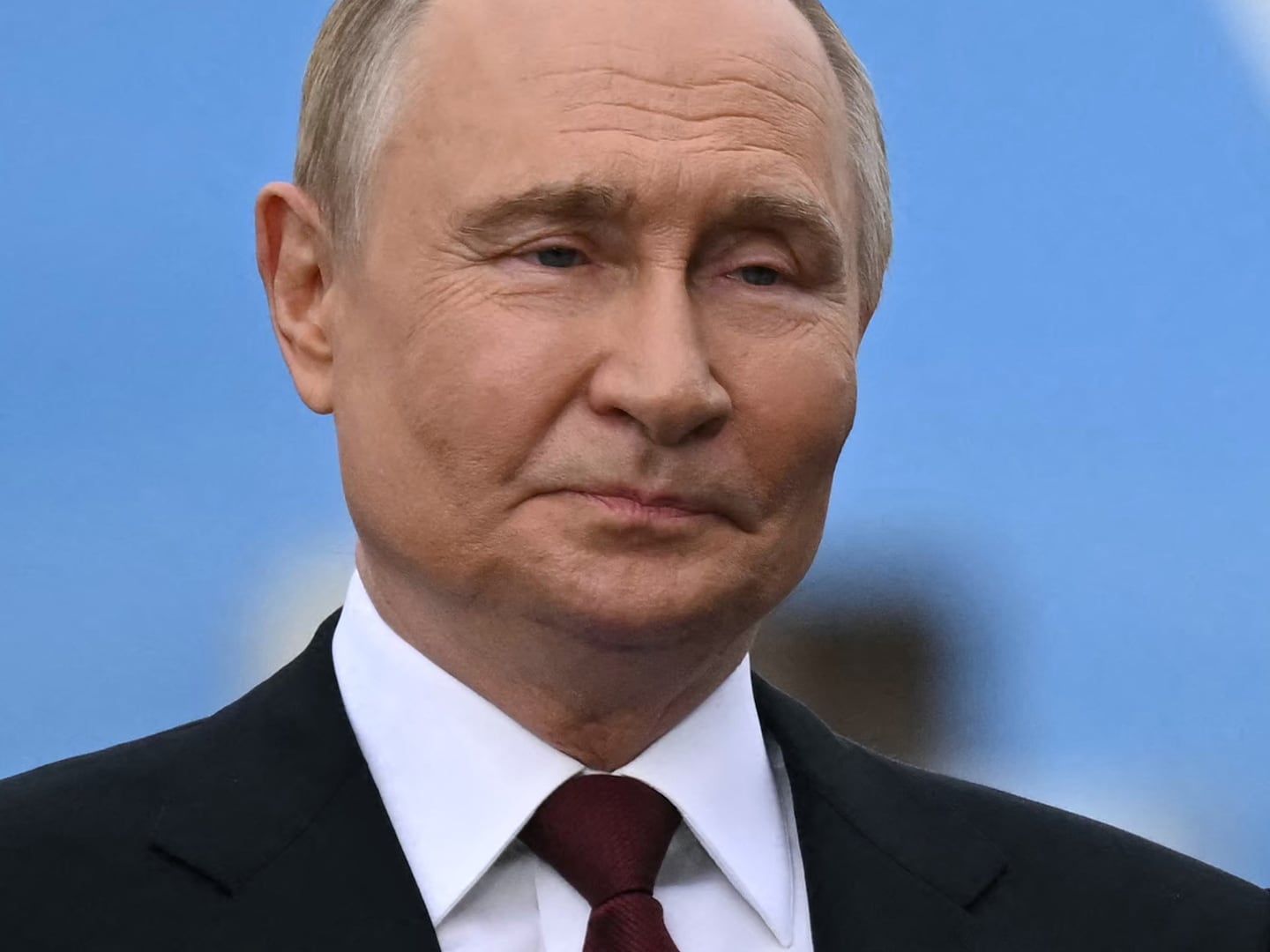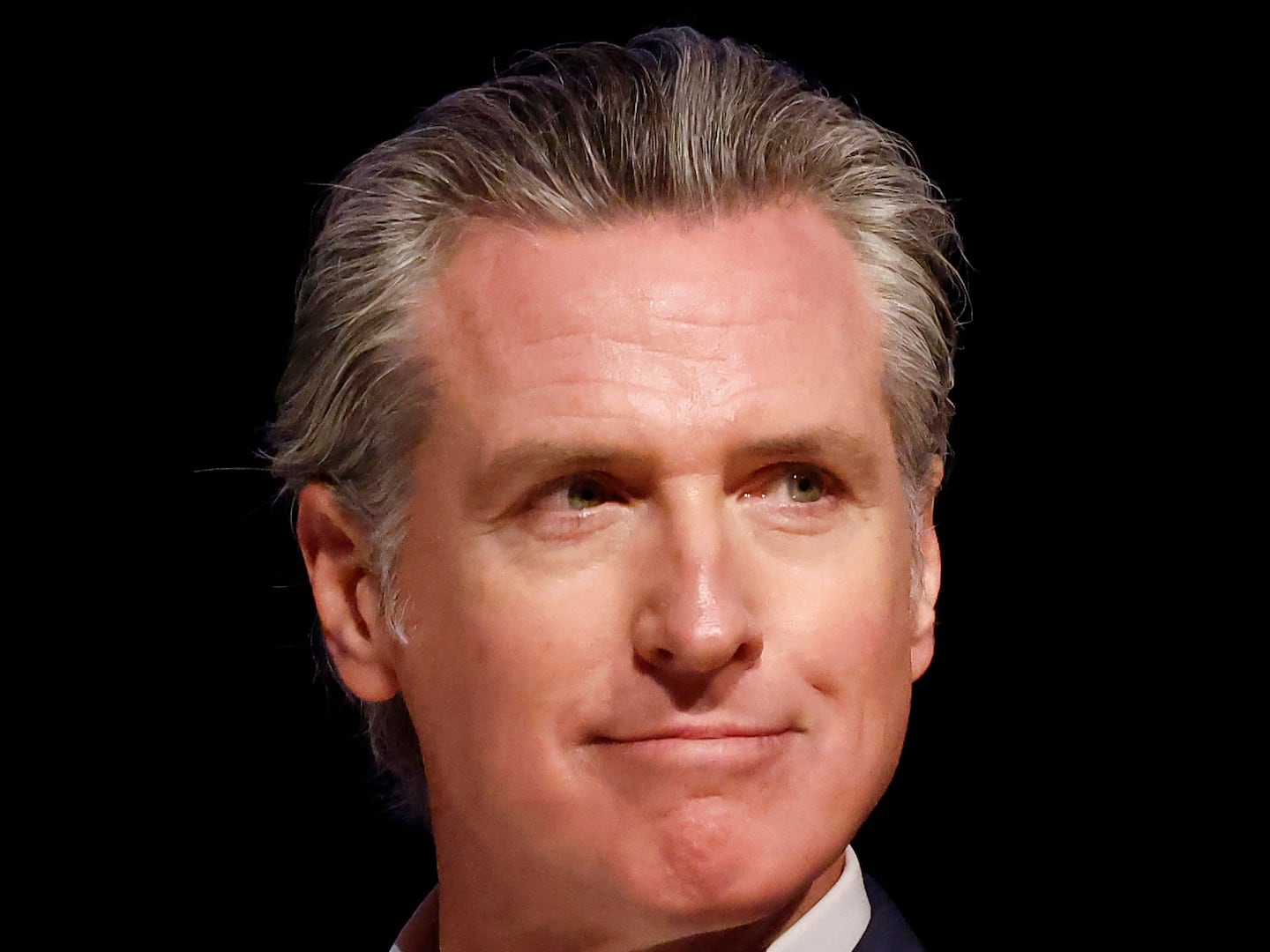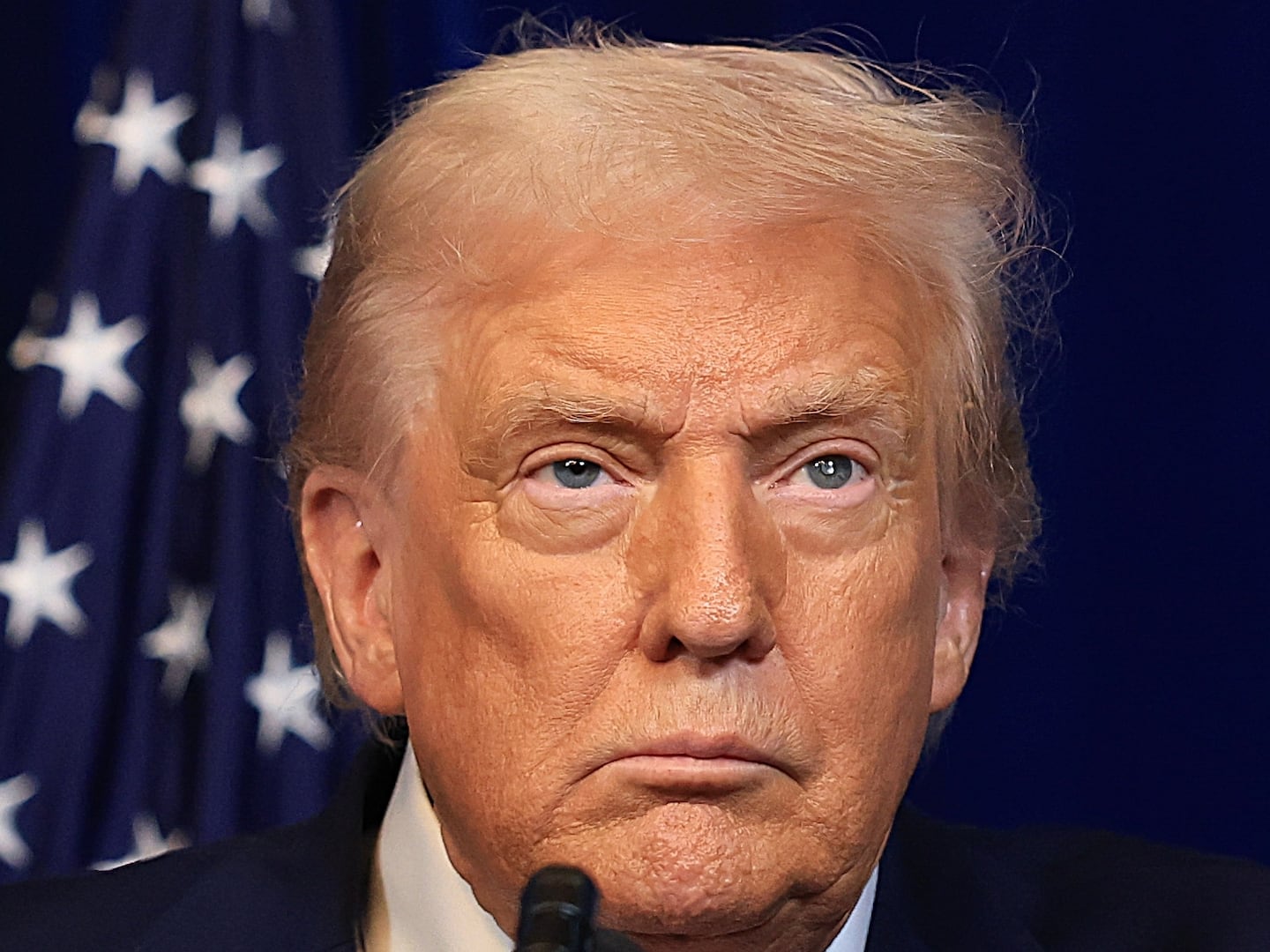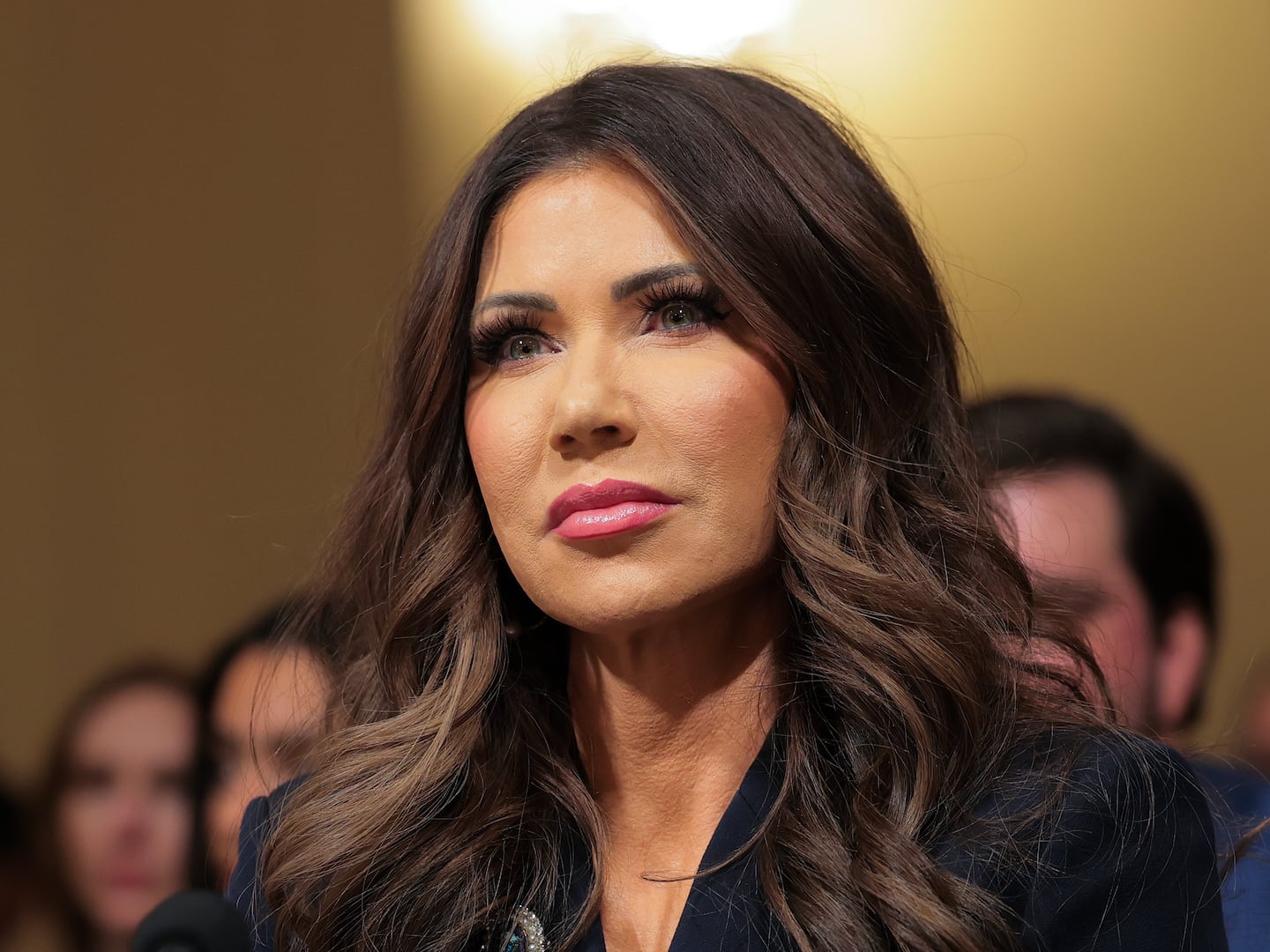Last month, an exceedingly talented surgeon at Sibley Memorial Hospital in Washington, D.C., fulfilled a wish I had been harboring quietly for several years: she removed both my breasts.
Admittedly, I had been hoping to do away with “the girls” well before I wound up with breast cancer. Alas, a bad mammogram in late February revealed that I had irretrievably blown that deadline. Ultimate diagnosis: DCIS (ductal carcinoma in situ), left breast.
My initial response was “Holy shit,” followed immediately by the conviction that it was time to shed the rack.
To be clear: the usual course of treatment for DCIS, the earliest form of breast cancer, is not a bilateral mastectomy. DCIS is, by definition, a noninvasive malignancy confined to the milk ducts. The Mayo Clinic’s website notes that it generally “isn’t life threatening”—so long as you purge the bastard cells before they break free and start running amok. As pretty much every doctor and medical site will tell you, targeted lumpectomies are the preferred course of action for most women.
But I have never been most women. Or rather, my breasts have never been most breasts. They have been a constant source of low-grade anxiety, punctuated by occasional bouts of outright terror, for pretty much my entire adult life.
Most women get a smidge antsy when mammogram time rolls around. They sit fidgeting in waiting rooms, awkwardly clad in those pastel-print hospital gowns, quietly thumbing through magazines or chattering among themselves, praying that their films don’t show anything “suspicious.”
Not me. I have long known that pretty much every single one of my films will turn up something funky. Since my late teens, the structural unsoundness of my boobs has been a source of wonder for even jaded medical professionals: dense tissue, fibroids, an array of microcalcifications that light up the mammograms like tiny constellations. Oh, sure, they seemed fine from the outside. But for the past 15 or so years, there has not been a doctor, surgeon, nurse, or technician who, upon examining my chest, failed to express awe at what lay within.
This sort of thing takes a toll on the psyche. In addition to benignly dense breasts carrying an elevated risk of developing not-so-benign growths, the presence of all those bumps and specks made ascertaining what might be brewing in mammaryland an ever-greater challenge. The notion of manual self-exams was laughable. And forget garden-variety screenings starting in my 40s. I was sent for my first ultrasound before I turned 30. I was referred to a breast surgeon before I hit 40. And my routine annuals involved some rotation of diagnostic mammograms coupled with ultrasounds and MRIs. I long ago tested negative for the dreaded BRCA genes. Even so, given that my maternal grandmother died of breast cancer at age 60 (not to mention that my mother got diagnosed this past September), I have trouble recalling a time when I viewed the girls as anything more than ticking time bombs strapped to my chest.
Thus, while I was obviously hoping for a much (much, much) later detonation, I wasn’t as stunned as the average 42-year-old might have been when the lovely radiologist overseeing my latest sono-mammogram adventure announced that there was a cluster of microcalcified sparklies in my left breast that really should be biopsied. Two days later, I’m face down on a table with my boob shoved through a hole, squashed between a couple of plates to hold it steady, and a whisper-thin needle drilling, drilling, drilling its way toward the trouble spot. Four days after that, my surgeon’s office called to report that I had indeed won the breast-cancer lottery.
To get a better sense of what was going on in there, my surgeon sent me for an MRI and a follow-up biopsy on my right breast, just to make sure that some new twinklies on that side weren’t malignant. Unfortunately, those spots were in a tough-to-reach area, surrounded by other older spots, thus transforming a typically brief if uncomfortable procedure into a three-hour search-and-extract mission. By the end, I had two radiologists, two nurses, and a rep from the medical supply company that had just installed a new mammography machine all chipping in to get the needle to the right place. To no avail. They came close, but, when I headed into the OR on March 20—first day of spring!—we still weren’t sure what to expect.
Through it all, medical professionals kept reassuring me that I was a prime candidate for a breast-conserving lumpectomy. And every time they delivered this bit of comfort, I thought: “That’s wonderful. Tell it to someone else.” Because, whatever the usual protocol, the one sliver of a silver lining that I could discern in this massive cloud of shit was the opportunity to finally put the girls out of my misery: screw a lumpectomy. This situation called for the full Monty.
Happily, my breast surgeon, Dr. M, agreed. For a variety of reasons—my family history, my age, my oh-so-special tissue issues—she called a bilateral mastectomy for me “a no brainer.” I did not bother disguising my excitement, which seemed to both relieve and amuse Dr. M.
Indeed, going forward, my enthusiasm for doing away with the girls has struck most people as peculiar. Some look perplexed or sad or give an involuntary gasp when I explain my “one strike and they’re out” policy. My reconstructive surgeon recalled patients who mournfully acceded to mastectomy only after multiple lumpectomies. More than one doctor gently inquired if I had any worries about post-op body image issues.
Hell no! And not just because my reconstructive surgeon does stellar work. Or because I’m naive enough to think that taking off my mams means I need not fret about recurrence in some other area. I’m well aware that, having been hit once, I will need to be hypervigilant forevermore. (Multiple medical oncologists have been consulted, and my holistic-minded sisters-in-law are itching to put me on an all-kale-and-chia diet that would cause any self-respecting cancer cell to wither away from starvation or boredom.)
But once a body part has spent as many years tormenting you as my breasts did me, it’s hard not to develop a deep and abiding (and, OK, maybe the teensiest bit irrational) animus toward it. Sure, sure. Everybody loves boobs. But no matter how fetching mine looked in sweaters or swimsuits or La Perla bustiers—especially before time, gravity, and two pregnancies took their toll—I could never shake the sense that the bitches were plotting against me. So while there are many hurdles yet to face in my post-diagnosis odyssey, grieving the loss of my breasts will not be among them.
Good riddance, girls. I’d say it was fun while it lasted, but why pretend? Much as with a nasty divorce, my biggest regret now is that I didn’t end the relationship sooner.

